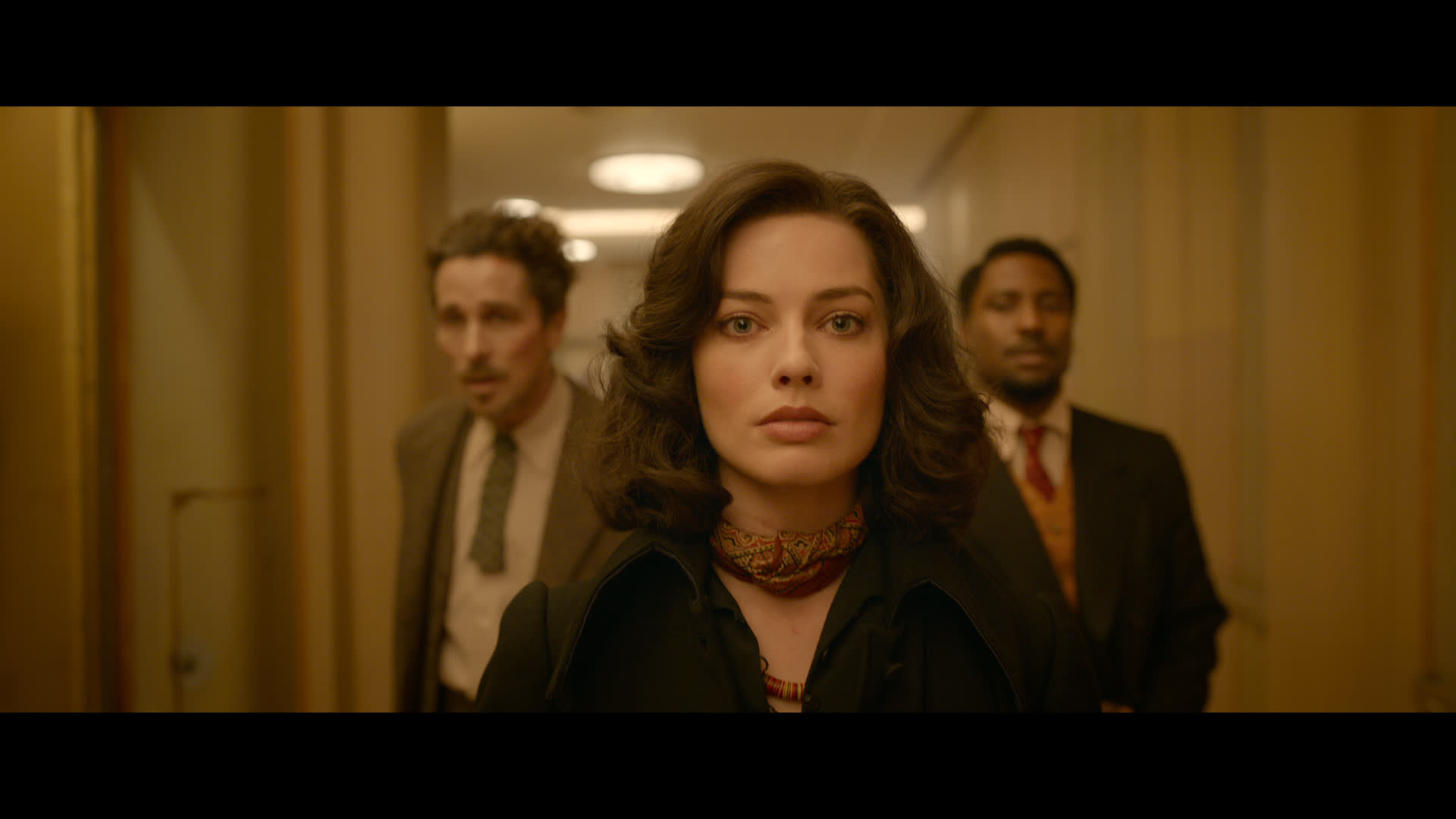The film’s all-star cast and prevalent themes failed to capture the attention of audiences which led to a dull cinematic experience.

From an ensemble cast overflowing with A-listers, to one of the most celebrated cinematographers, to a director with a solid track record, “Amsterdam” has all the right pieces. Yet the film doesn’t know what to do with these talents and becomes a bland, inconsistent mess past the movie poster.
The onset of “Amsterdam” feels kinetic and is by far the best part of the film. The main characters Burt (Christian Bale), Harold (John David Washington) and Valerie (Margot Robbie) are set up nicely. Each person feels distinct and their relationship, introduced by a great flashback, feels full of heart. There is also a strong emphasis on the strength of friendship, romance, art and ultimately freedom; subjects that are prevalent in director David O. Russell’s filmography. With all this established, the first act continues to move seamlessly with all signs leading to a fast–paced, screwball mystery. And then, everything goes wrong.
O. Russell seems to forget everything promising that he set up. What lies ahead is a complete tonal and thematic misfire. The pacing is coarse and the bloated runtime can be felt. Clocking in at two hours and fourteen minutes, all the tension that “Amsterdam” builds up is immediately broken down by indulgent exchanges and sequences that lack engagement. The climax which could have happened half an hour before has no stakes. The comedy in “Amsterdam” is executed well, but more of it would have established a stronger tone. As expected, the film’s screenplay issues trickle down to the actors. The supporting cast is barely present, and when they are, it feels like they are being rushed to leave the screen. Zoe Saldaña, Rami Malek and Anya Taylor–Joy’s characters seem like significant roleplayers but are so thinly written. This is an issue that drags down every actor and actress in the film. The main trio’s chemistry is strong with fully realized motivations, but as the film continues, Burt is the only remaining character that feels loved by O. Russell. While Harold and Valerie become afterthoughts, Burt’s narration and occasional story helps his character hold form.
Amsterdam tries to juggle too many concepts at once. It attempts to genre blend as a drama, comedy and murder mystery with shots of romance and noir, but succeeds at almost nothing. Thematically, the film starts as a mystery revolving around friendships and the strength of these bonds. During the final minutes of the film, it becomes a critique of corporate corruption and later about political conspiracy and fascism. When the audience is finally reminded of the themes of friendship at the very end, it is hastily presented as a lengthy, overt monologue.
The film also takes place in 1933. The artistic choices one could make are exciting but “Amsterdam’s” locations and set designs look uninspired and plain. Cinematographer Emanuel Lubeski’s talent behind the camera is undeniable, yet his style doesn’t completely mesh with “Amsterdam.” The camerawork is by no means bad, but the usage of the signature Malick style cinematography Lubeski is largely responsible for does not work well with “Amsterdam’s” premise and tone. The score was underused and would’ve cushioned some of the tonal issues.
A great film based on true events leaves the audience wanting to learn more about the events and characters. At the start, Amsterdam tells us that “A lot of this actually happened,” but after finishing it, the watcher doesn’t care to find out more.
Verdict: “Amsterdam” has a lot to say — but once the screen goes black, the audience is left with almost nothing. The film lacks coherence and misuses the staggering amount of talent on both ends of the camera.







